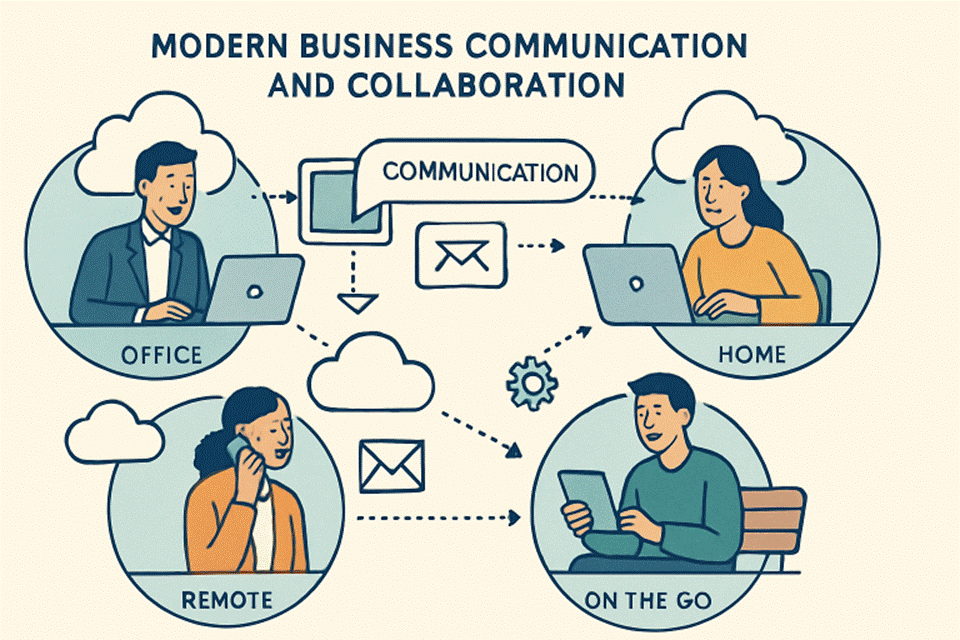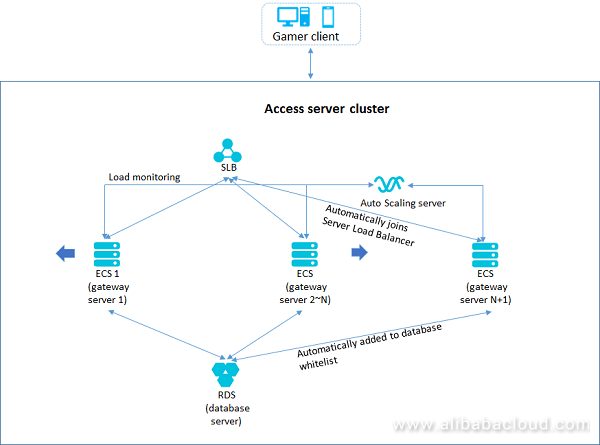Has your department’s Chief Information Officer challenged you to “up your game” as part of the midyear performance assessment? Has he or she requested that your IT team be relieved of their regular duties so that they can focus on more pressing matters? If either of these situations sound familiar to you, or if both of them do, one option to consider is making use of cloud-enabled solutions. Is it possible to get to the snowcloud without making any mistakes safely? Football’s game strategy
To ensure a smooth transition to the cloud, HOSTING published a white paper titled Cloud Computing Opportunities for Midmarket Companies. It outlines an eight-step process. To summarise, here’s what I found:
- Make a thorough investigation of the current working environment. Your whiteboard should serve as a reminder of what is preventing your team from completing other important projects. Web hosting, email, and collaboration are all common infrastructure services that could benefit from being outsourced.
- Finding ways to use cloud-based solutions is the second step. Determine what functions and services can be provided through the snowcloud in a more cost-effective manner. The projects that require round-the-clock support and monitoring should be at the top of your list. It’s possible that if the work were done in-house, significant up-front costs would be required.
- Examine the plethora of cloud-based options now available to you. A little more than 3,000 companies in the United States claim to be providers of md cloud solution (CSPs). Identify the tools you’ll need to help you decide which CSPs are best suite to the cloud projects you’re pursuing. Our most recent blog post, “3 Cloud Questions to Ask in Your RFP,” may also help you find the best CSP for your business.
- Determine the possible risks and benefits of each project. 4) The following factors should be taken into account when devising a migration strategy:
Finally, it’s time for action!
Amount Of Money Required If Domestically Implemented
- The migration costs
- Requirements for a certain level of accessibility
- Recovery necessitates
- Possible money-saving opportunities
You can use your current budget and IT resources to help you assess any risks and potential returns on investment.
- Use the risk/reward analysis from step four to rank the items on your “wish list” in order of importance. This will help you determine which initiatives have the most potential benefits and the fewest potential drawbacks. Starting with the infrastructure, such as moving to a hosted or managed email service or identifying business processes that aren’t producing the expected results is often the first step in identifying opportunities for improvement.
- SSS stands for “Start Small and Simple,” which entails minimizing the complexity of your snowcloud environment. Your first migration should be to the best cloud service provider (CSP). This is a good place to start. Then, you can build on the success of the pilot project by expanding it to a larger audience.
- Compare your findings to the standards you set for yourself in step four’s evaluation of your expectations. Track your successes and failures so that you can capitalize on early successes and make necessary course corrections. You’ll be able to take on more responsibility for large-scale projects as your team gets more familiar with the migration process.
- The next step is to create a plan for your upcoming project. Have you ever completed a project that was a success? Congratulations! In order of importance, prioritize each remaining project on your list before moving on. To ensure that your snowcloud infrastructure is optimise to meet your company’s ever-changing operational requirements, consider including continuous audits in your system design.
For more information, please visit sbxhrl.













